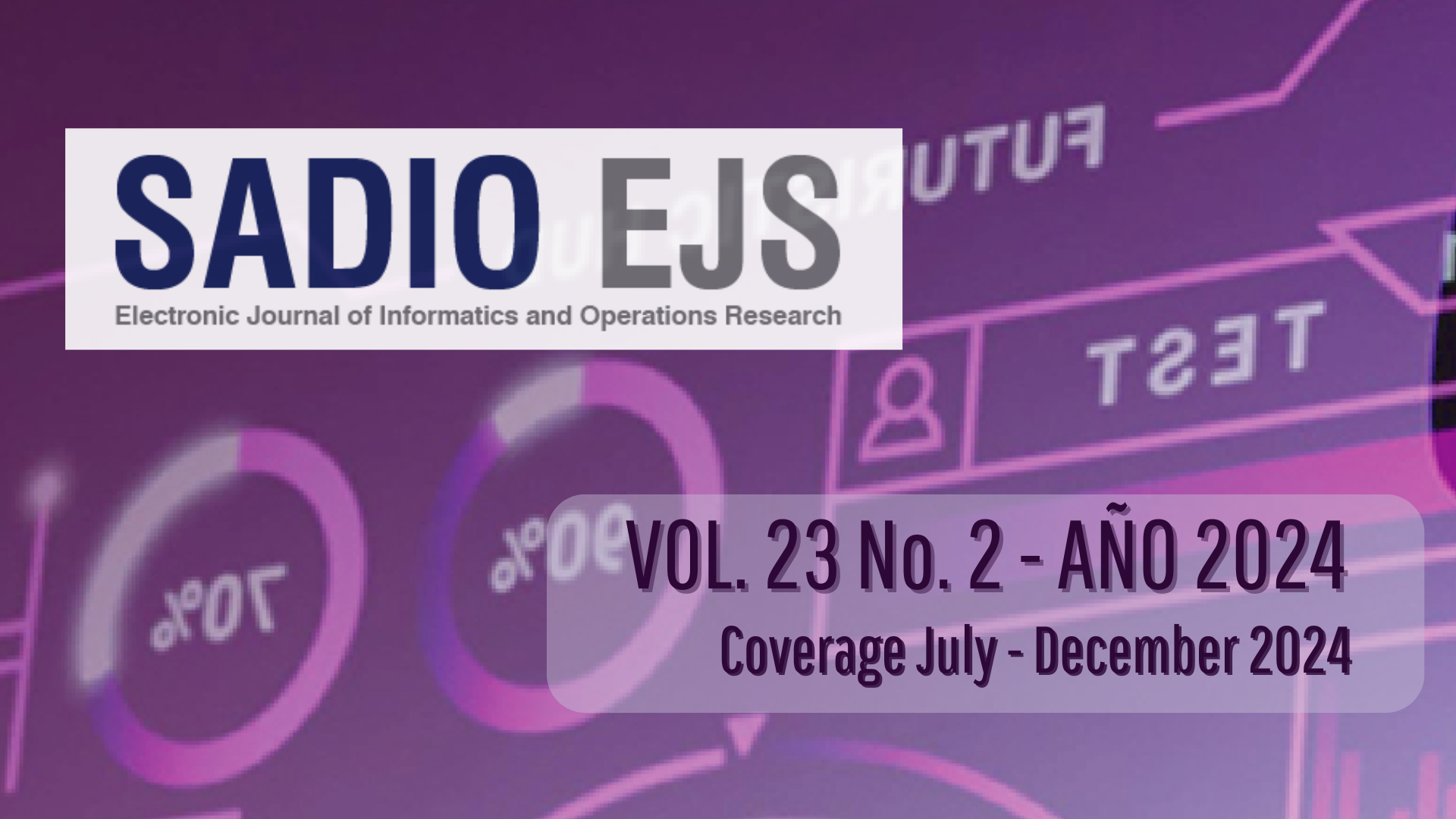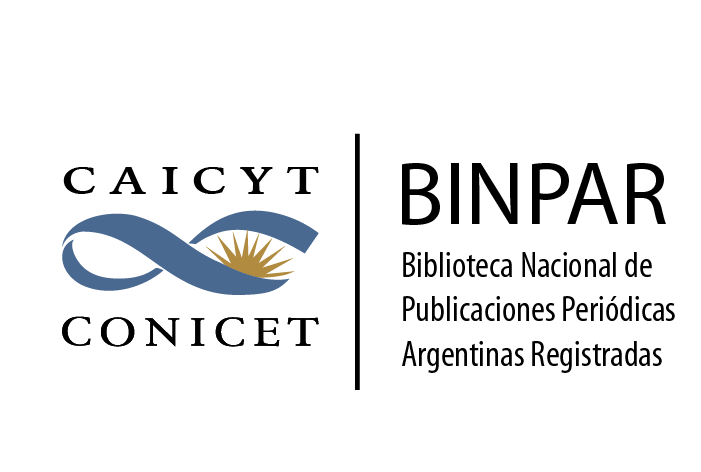Prediction of reference evapotranspiration using NASA-POWER: Testing with weather stations in southeastern Córdoba
DOI:
https://doi.org/10.24215/15146774e050Keywords:
reanalysis data, Penman-Monteith, machine learningAbstract
Computation of reference evapotranspiration (ETo) is useful for different applications. However, its estimation is limited by the lack of terrestrial observation instruments and networks. Currently, gridded satellite reanalysis products and machine learning models are available as an alternative to estimate spatially explicit meteorological variables at local and regional scales. The aim of this work was to evaluate and predict ETo using the NASA-POWER product in southeastern Córdoba. Through the Penman-Monteith model, ETo was estimated from temperature, humidity, wind speed and solar radiation recorded at stations, those estimated by NASA-POWER and those predicted by the Extreme Gradient Boosting machine learning model (XGBoost). NASA-POWER estimated ETo with errors less than 1 mm.day-1 when compared to that observed at the stations. XGBoost obtained a better accuracy and lower estimation errors. From the NASA-POWER product
and XGBoost it is possible to reconstruct the lack of meteorological records in southeastern Córdoba to estimate ETo accurately.
Downloads
Downloads
Published
Issue
Section
License
Copyright (c) 2024 Lucas Gusmerotti, Natalia Gattinoni, Carlos Di Bella, Jorge Mercau

This work is licensed under a Creative Commons Attribution-NonCommercial-ShareAlike 4.0 International License.
Those authors who have publications with this journal, agree with the following terms:
a. Authors will retain its copyright and will ensure the rights of first publication of its work to the journal, which will be at the same time subject to the Creative Commons Atribución-NoComercial-CompartirIgual 4.0 Internacional (CC BY-NC-SA 4.0) allowing third parties to share the work as long as the author and the first publication on this journal is indicated.
b. Authors may elect other non-exclusive license agreements of the distribution of the published work (for example: locate it on an institutional telematics file or publish it on an monographic volume) as long as the first publication on this journal is indicated,
c. Authors are allowed and suggested to disseminate its work through the internet (for example: in institutional telematics files or in their website) before and during the submission process, which could produce interesting exchanges and increase the references of the published work. (see The effect of open Access)





















